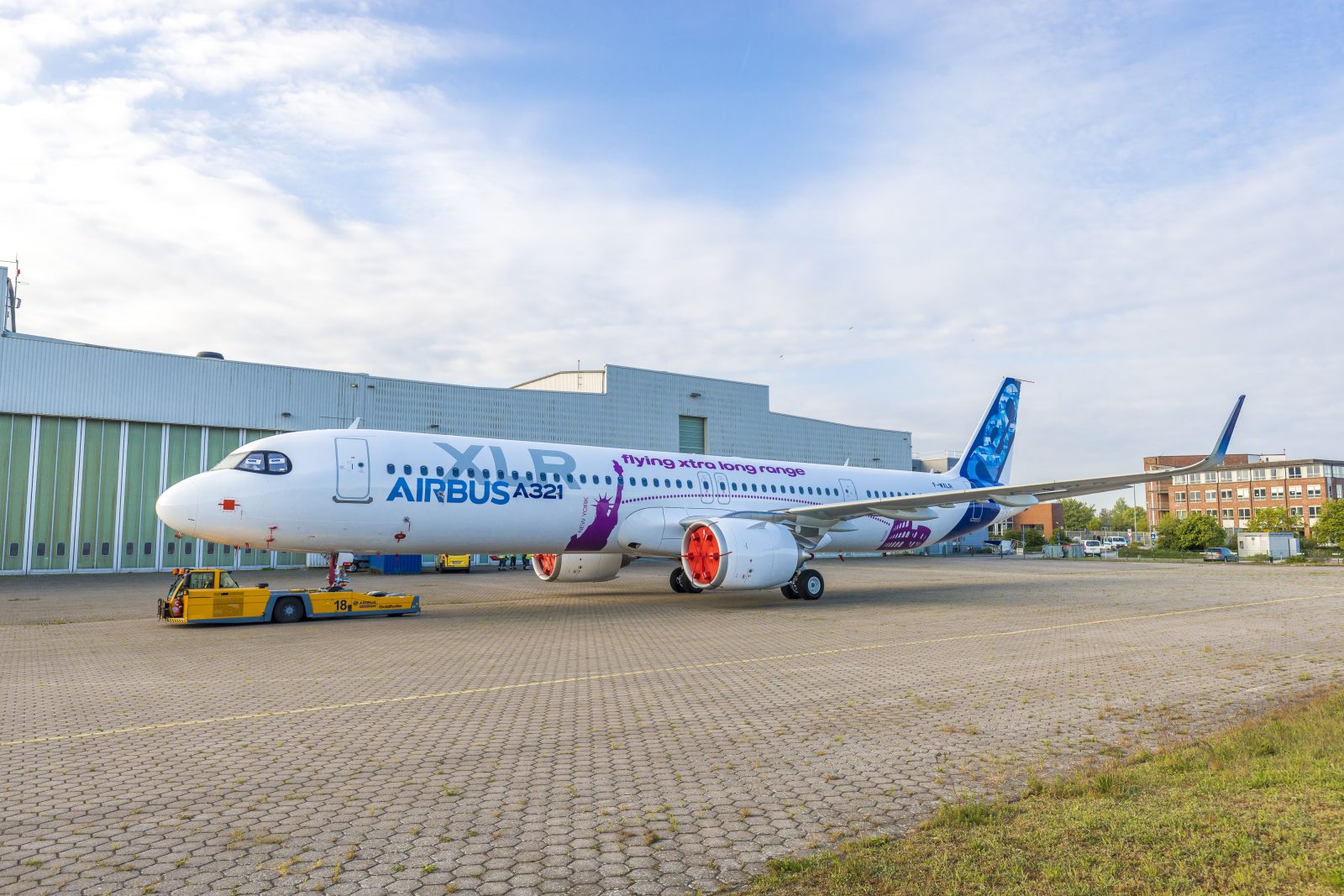
A new single-aisle aircraft from European aerospace giant Airbus that should be capable of nine-hour flights covering up to 4,700 nautical miles has hit a major design snag that could seriously jeopardise the range that the aircraft manufacturer has promised airlines.
The problem, claim several sources who say they have knowledge of the matter, concerns the design of an additional fuel tank that is needed to help the aircraft cover the proposed distances.
Regulators who are responsible for certifying the safety of the aircraft have allegedly asked Airbus to redesign sections of the underbelly and that redesign could not only push development back by two years but also mean Airbus is forced to cut the size of the aft fuel tank.
The aircraft is known as the A321XLR – a stretched version of Airbus’s phenomenally popular A320 series of single-aisle twin-engine aircraft in which XLR stands for ‘extra-long range’.
The A321XLR was first conceived in June 2019 following the successful launch of the Airbus A321LR (Long Range). Airbus has already won hundreds of orders for the upgraded XLR and had hoped to start deliveries next year.
Key customers for the A321XLR include American and United Airlines who have both ordered 50 of the fuel-efficient jets. United hopes to use the aircraft for a planned transatlantic expansion opening up new routes from key East Coast cities like Washington DC and Newark.
The European Air Safety Agency (EASA) has allegedly voiced concern over the current fire containment measures built into the aircraft and has ordered Airbus to replace some composite material structures with metal to contain a potential fire in the event of a belly landing.
Sources claim the additional work could take between to six to nine months or up to 12 months.
A spokesperson for EASA didn’t comment on the allegations but noted that the “complete set of conditions in relation (to) the installation of the rear-centre tanks is still under definition, and, when ready, will be published for comments”.
“The certification of the A321XLR is an ongoing project,” the spokesperson said.
In recent years, the A320 series has stolen a march on Boeing’s decades-old 737 equivalent design and Boeing’s 737MAX isn’t capable of flying the same kind of distances as the A321XLR.
The A321XLR is attractive to airlines who will be able to open new long-distance routes which don’t have the demand to make a widebody operation profitable. The cost-effective aircraft is also making it possible for low-cost airlines to launch novel new routes that were previously outside their reach.
Mateusz Maszczynski honed his skills as an international flight attendant at the most prominent airline in the Middle East and has been flying ever since... most recently for a well known European airline. Matt is passionate about the aviation industry and has become an expert in passenger experience and human-centric stories. Always keeping an ear close to the ground, Matt's industry insights, analysis and news coverage is frequently relied upon by some of the biggest names in journalism.







